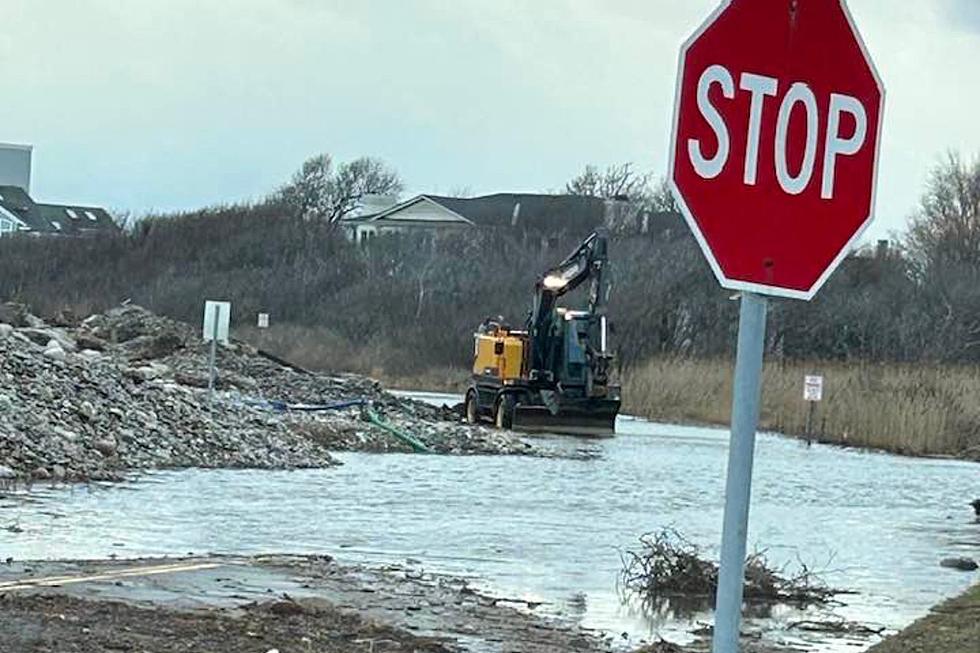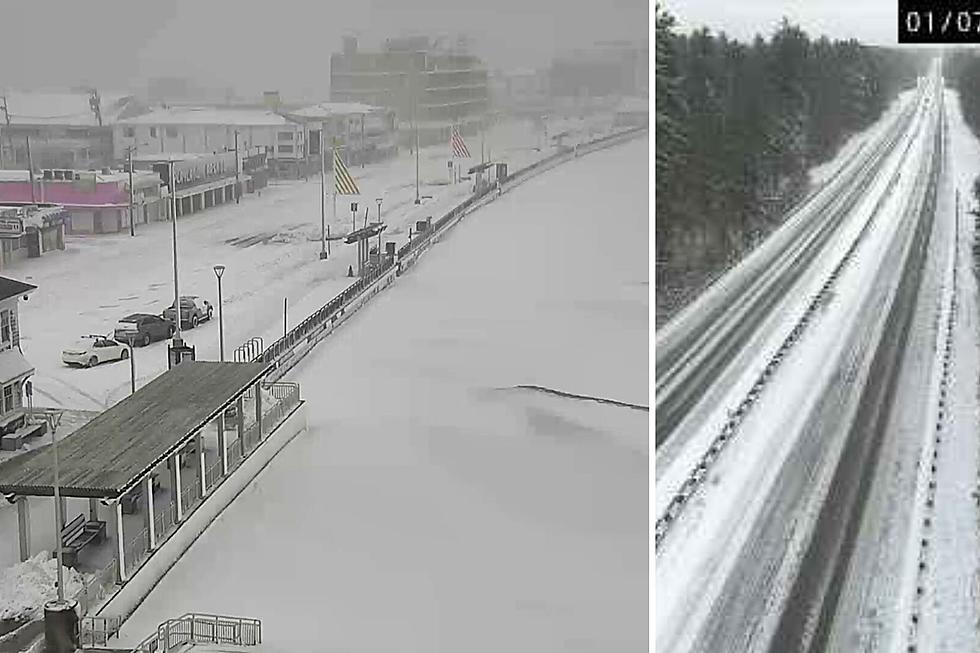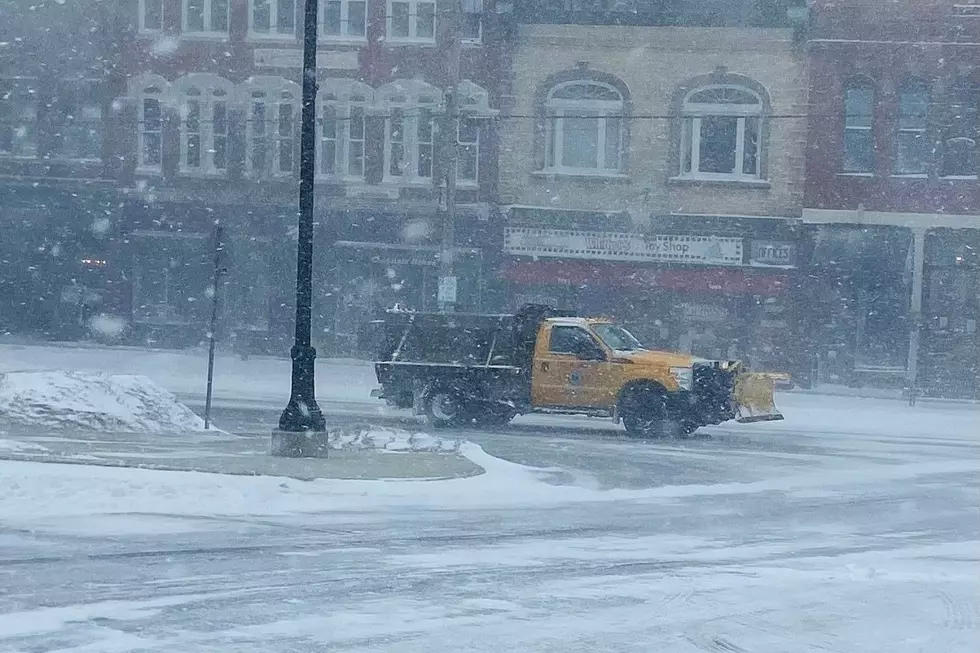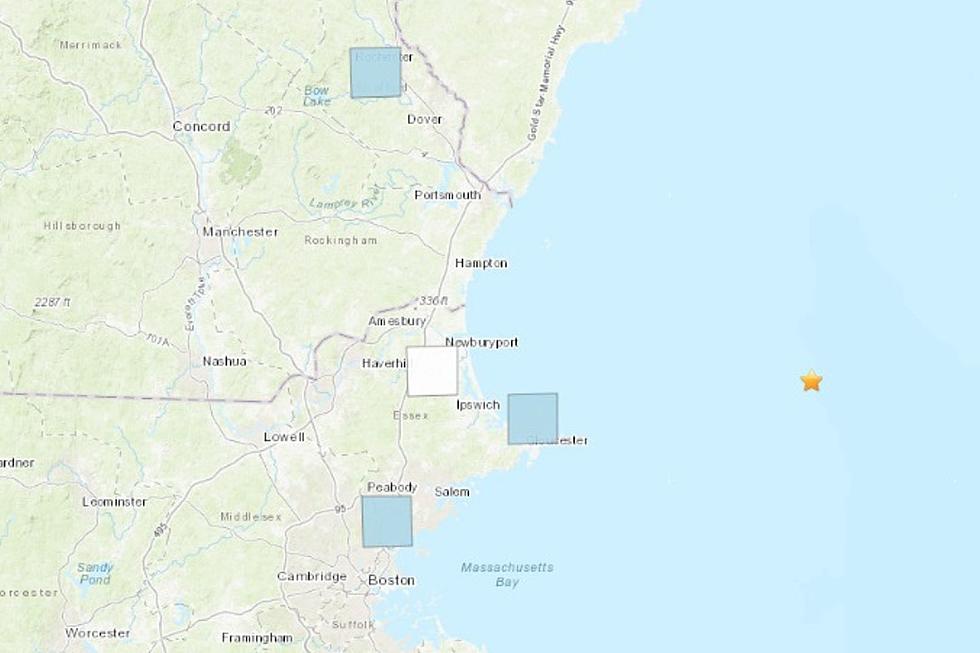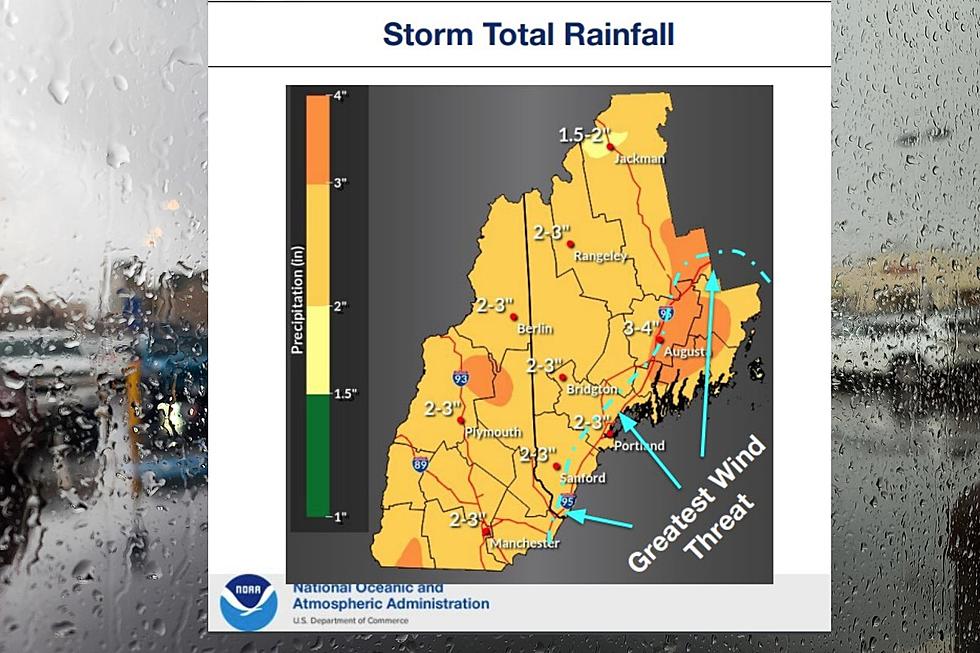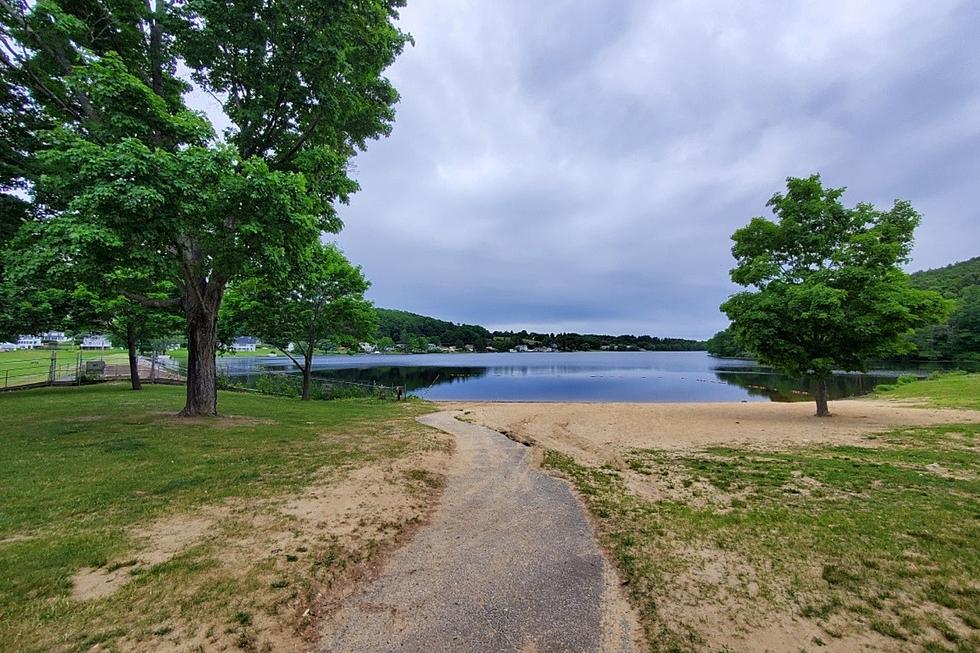
Lake Gardner in Amesbury, MA Reopens After Drowning
Nearly a week after a teen drowned, Lake Gardner in Amesbury, Mass., has reopened for swimming and city officials are asking for everyone's help to keep the beach safe as lifeguards will not be on duty.
Amesbury Police Off. Ronald Guilmette, along with firefighters Justin Petrillo, Sean Kane and TJ Poussard ran into the water desperately searching for a 16-year-old boy who did not return to shore after a swim. Guilmette located the boy but paramedics could not get a pulse.
Although a pulse was established at Anna Jacques Hospital in Newburyport, the teen died several hours later at a Boston hospital.
The boy was not a Massachusetts resident and was visiting his uncle, who is from Lynn.
After being closed for a week, the beach was reopened again on Friday. Crews cleared out shrubs and overgrowth from the fence line to allow for better visibility, according to the city.
Police will have extra patrols at the beach and making sure people stay off the dam.
"Lake Gardner can have something of a water current (like the ocean), due to the proximity of the dam," the city wrote on its Facebook page.
Officials suggested wearing a life vest if you are not a strong swimmer.
Emergency paddleboards and a first aid kit are available for use but as of Sunday no lifeguards will be on duty.
"It’s been getting harder and harder to hire lifeguards, you see that throughout the region and the state," Recreation Director Kathy Crowley told Seacoast Current earlier. "We even offered to pay for half of their lifeguard certification and still couldn’t find enough people."
City officials have said that the lifeguards they have hired recently are 16 and 17 years old and still in school. They will have to complete certification and training before going on duty.
Some other tips from the city about swimming at Lake Gardner:
- Never swim alone
- Supervise children when they're in the water
- Know your swimming limits
- Lakes have weeds and other vegetation on the bottom, which people can get caught in or slip on
Contact reporter Dan Alexander at Dan.Alexander@townsquaremedia.com or via Twitter @DanAlexanderNH
LOOK: The most expensive weather and climate disasters in recent decades
More From Seacoast Current
